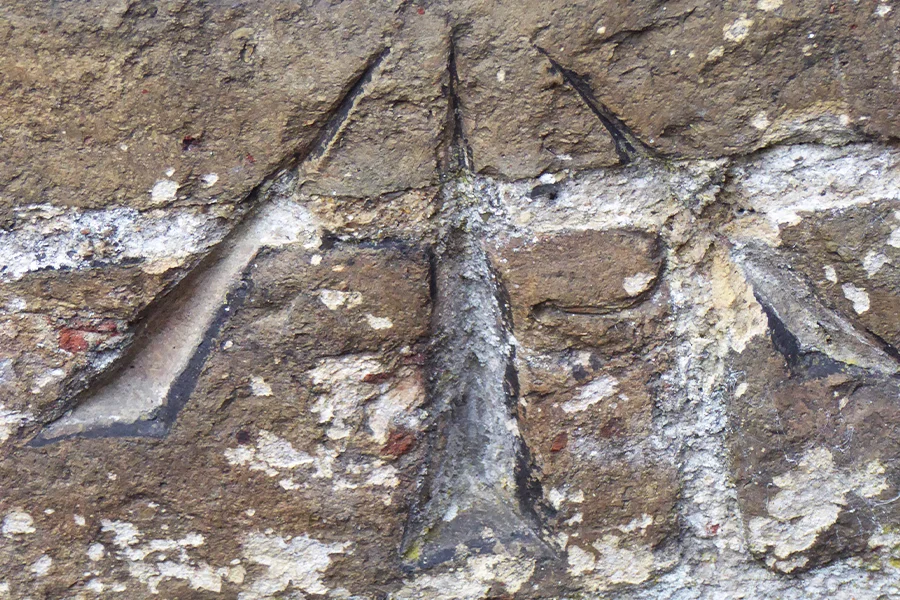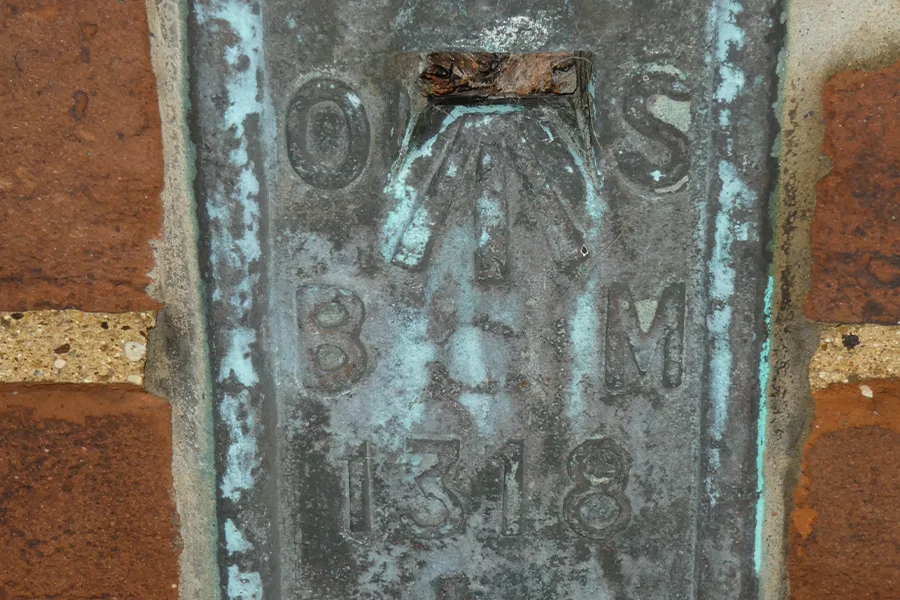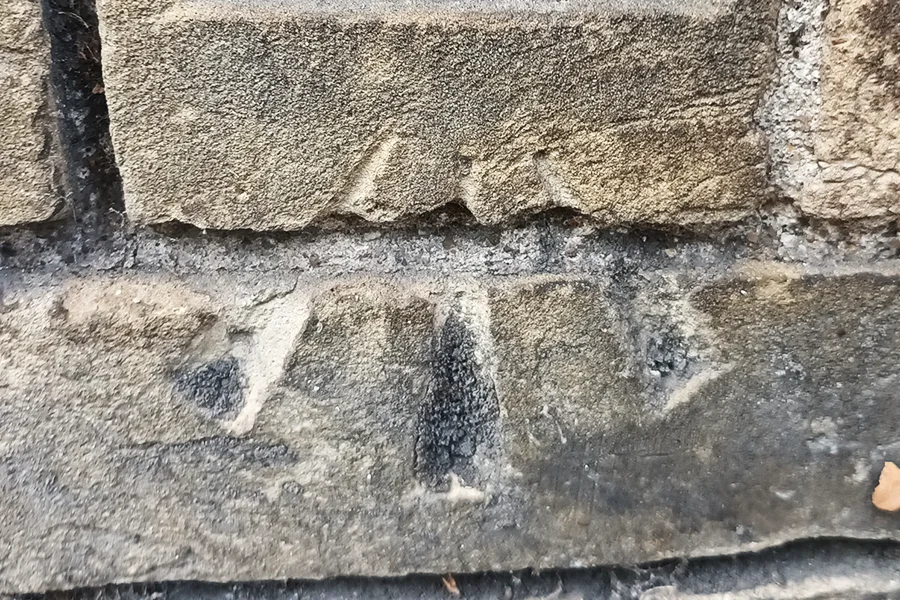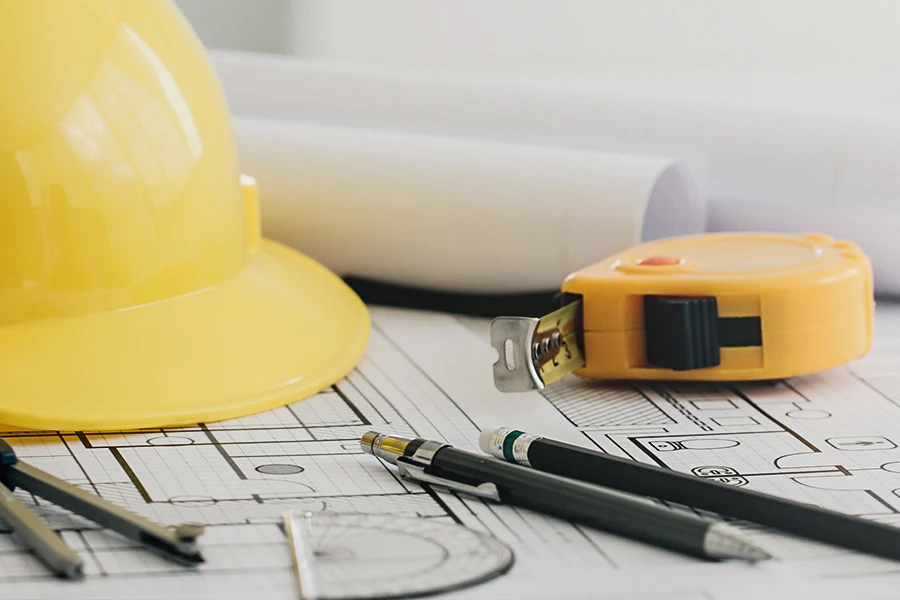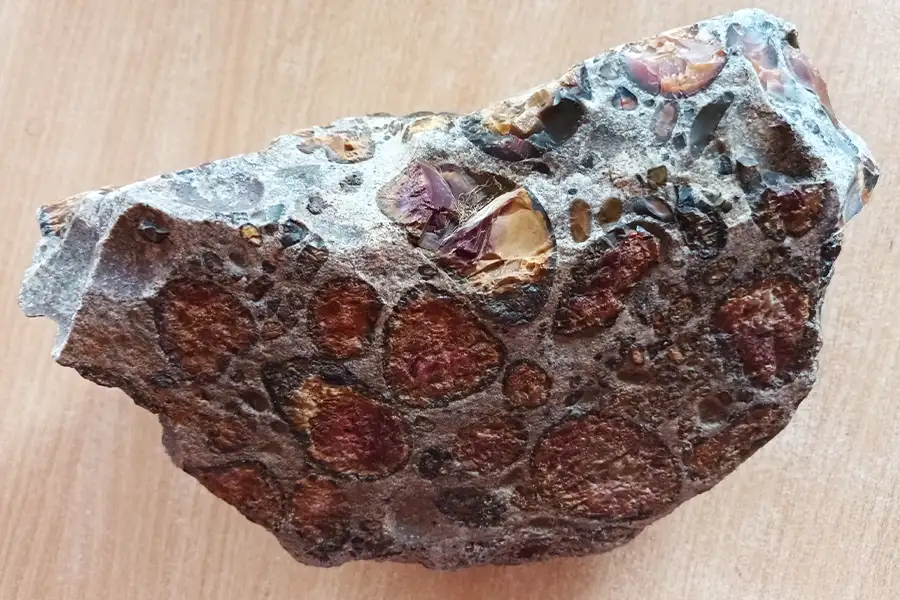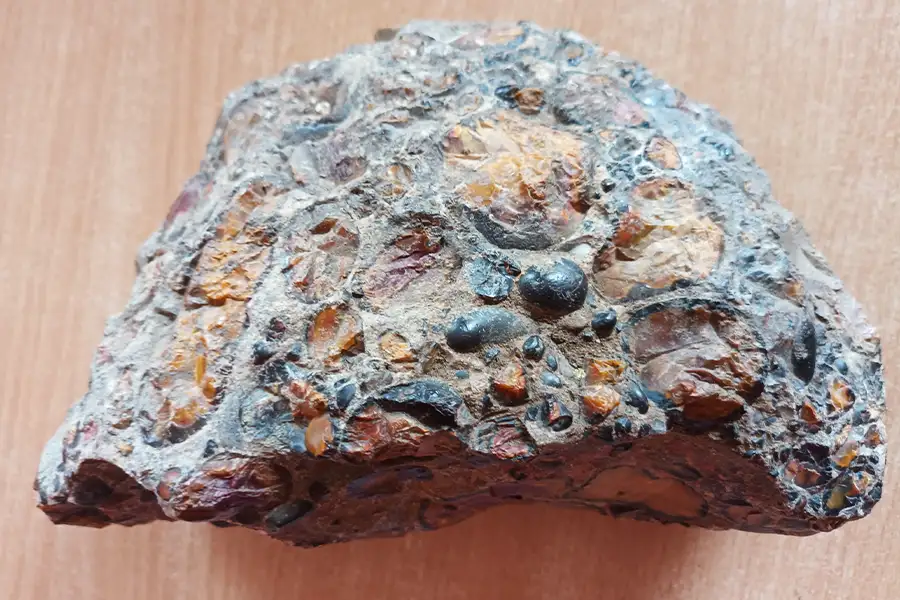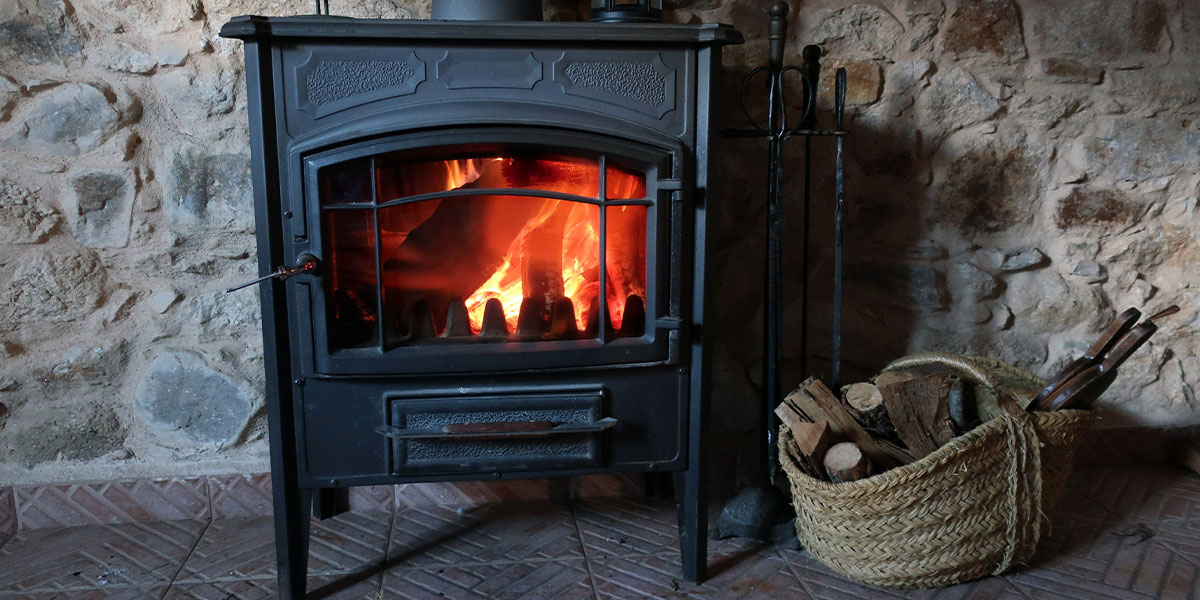
As the cold nights approach, a wood burning stove might well appeal!
If you’re thinking about a wood burning stove, here’s some independent guidance and advice from expert surveyors.
In 2001, the Government reduced the tax on diesel to encourage its use as a cleaner fuel source, only to determine by 2015 that this was absolutely not the case! Now it is the turn of wood. A new wood-assured policy is now in place whereby only seasoned timber, ideally hardwood, with a moisture content of up to 20% is burned in hearths and stoves. If you cut the wood yourself, the advice is to season it for 2 years and carry out regular servicing of the wood-burning stove.
What is a Wood Burning Stove?
A wood-burning stove is a heating appliance capable of burning wood fuel and wood-derived biomass, such as wood pellets (as biomass tends to have a very low energy density compared to fossil fuels). There should be a plate in open view on the appliance stating what fuel it uses. Generally the burner consists of a solid metal, cast iron or steel, closed fire chamber with flue, fire brick base and rear shield, plus adjustable air controls. The appliance then connects, in the majority of cases, to a suitable chimney or flue which will fill with hot combustion gases once the fuel is ignited. The flue gases must then become hotter than the outdoor temperature to ensure the combustion gases are drawn out of the fire chamber and up the chimney – simple!
Maintaining Your Wood-Burning Stove
Wood-burning stoves require sweeping more often than an open fire – twice yearly is advised – if they are in regular use. A carbon monoxide alarm is also essential and it is good practice to attach a proprietary heat thermometer to the flue of any wood burning stove to monitor the flue temperatures. These considerations are especially important with thatched properties and the buildings insurance provider may have specific requirements in relation to the matter – specifically what types of cowls, chimney pots, spark guards, etc. may be required if you choose to make use of the fireplace.
Similarly, there are often strict guidelines as to the proximity of outside lights in relation to the thatch eaves. Even modern efficient multi-fuel burners can be a cause for concern if not properly installed and maintained, whilst poor flue liners cause many fires. The intense heat passing up the flue over a long period of time, can transfer heat through a bad or worn lining and/or old brickwork, thus causing the thatch to ignite from the inside.
It is therefore essential that the right flue lining (double skinned) be installed by a specialist who first considers the condition of the stack and its suitability for receiving intense heat. In the event a material change is made to a chimney stack or to the appliance in a combustion system, it will necessitate a thorough upgrade in accordance with modern building regulations implemented in 2001.
Bench Marks
Unveiling the hidden markers that shaped the UK's accurate mapping – now overlooked, yet in plain [...]
Imperial Lengths and Areas
Although officially only used since 1824, there was 141 years until Great Britain changed to the [...]
Ancient Marvels: Uncovering the True Identity of a Pudding Stone Beehive Quern
Discover the fascinating history behind a 60-million-year-old artifact, mistaken for Portland cement, and its journey [...]
